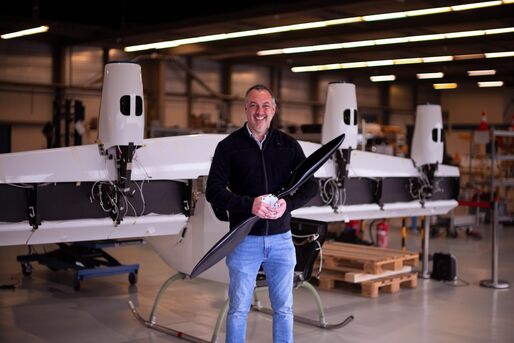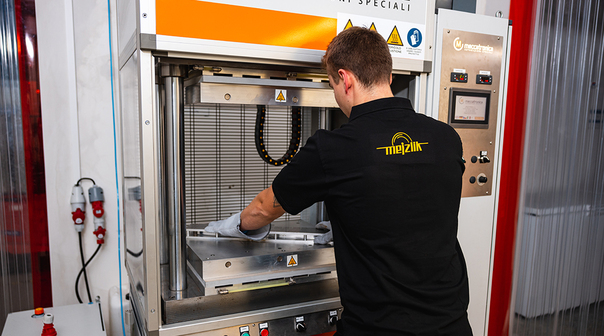Designing & predicting Propeller's performance
Predicting the propeller's performance is useful in matching the propeller to the aircraft's operating point. Also the propeller's performance result are useful information for the UAV manufacturers to calculate the flight time, range, etc.
Propeller Simulation
Conventional CFD Software vs Propeller theory
Generally, the aerodynamic simulations are done with complex and expensive software which are time consuming. Using such software also increases the complexity with the meshing and definition. Especially the shape of the propeller blade makes it tricky. Even the automatic meshing tools tend to have some irregularities because of the complicated shape. A small mistake in meshing or definition will give you wrong results with improper propeller efficiency curves (Ct,Cp,eta vs J) after spending hours of simulation.
When we are trying to optimize the propeller for a specific use case, we need to have the output in seconds, so that we can perform multiple iterations. Therefore, we use codes based on Blade element and vortex theory which gives us results quickly in few seconds.

Fixed wing
We have 150+ off the shelf propeller designs from which you can choose an optimum one. If you are not able find one. We can make a custom designed propeller that will fit your aircraft.
For customizing the propeller for a fixed wing, we will need following aircraft information.
- Operating Altitude, ground temperature (Air density)
- Cruising speed of the aircraft
- Drag of the aircraft at the cruising speed and altitude
- Operating RPM of the propeller (based on the engine/motor)
- Diameter limitation
- Flight mission
- And other requirements at different points from flight envelope because sometimes it is trade of between them also, we should check if it will work at these all points.
We can input these values into our program to calculate the propeller. The program gives us the propeller geometry as the output. There always tradeoffs between the parameters. Eg, higher pitch will have lower efficiency at lower speeds compared to propellers with lower pitch.

Do you want your propellers to be folding?
We can design and manufacture a propeller that fits your hub!
Don’t have a hub?
We can design and manufacture the complete mechanism for you. The hub propeller and the spinner!
If you send us the CAD design of your aircraft, we can make the design in such a way the propeller folds perfectly to your airframe.


Multicopter Propeller:
As mentioned in our previous blog posts, for a multicopter, the propeller will require lesser power with bigger diameter for a given thrust. We at Mejzlik already have range of Multicopter propellers in different sizes. This will mostly suite your need. But if you need a propeller in different size that we do not have it off the shelf, we can make it for you!

For customizing the propeller for a multicopter, we will need following information:
- Maximum allowable propeller diameter
- Thrust required to hover per propeller
- Maximum Thrust required per propeller
- Operating RPM (based on the motor and voltage)
Based on the thrust requirements we will choose the airfoil with suitable lift coefficient and chord distribution. We will be able to calculate the mechanical power, Torque, RPM needed for the required thrust which will give you a rough idea about the electrical power by making some assumptions about the motor efficiency.

Overall for both fixed wing and multicopter propeller analysis there will be a difference in the simulation and the actual testing results. Based on our experience, we can give you suggestions on what results to expect during testing.


